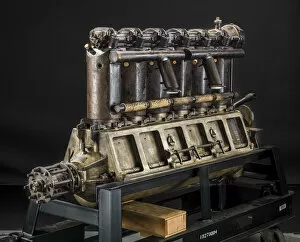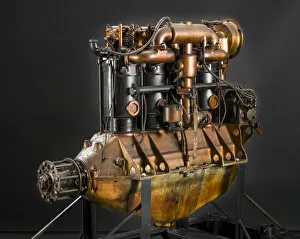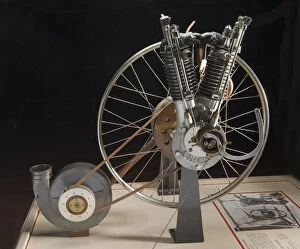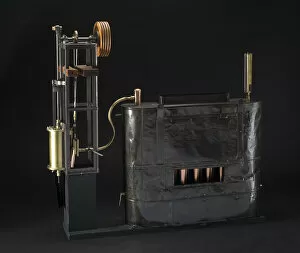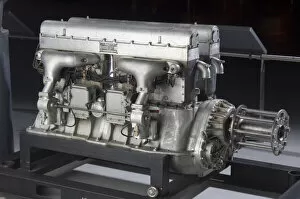Rotary Engine Collection (#2)
The rotary engine, also known as the Wankel engine, has a rich history and has left an indelible mark on the automotive industry
All Professionally Made to Order for Quick Shipping
The rotary engine, also known as the Wankel engine, has a rich history and has left an indelible mark on the automotive industry. Developed by Felix Wankel in the 1950s, this unique type of internal combustion engine offers several advantages over traditional piston engines. One of the most iconic a rotary engine-powered vehicle is the Mazda 787B. This legendary race car made history in 1991 by becoming the first and only Japanese car to win the prestigious 24 Hours of Le Mans endurance race. Its distinctive sound and impressive performance showcased the potential of rotary power. Another notable figure in rotary engine history is Mark Tishurst, who piloted a CM8 7842 powered by this innovative technology. Tishurst's achievements behind the wheel demonstrated that rotary engines could compete with their piston counterparts on both road and track. Weldon Munsey was another pioneer who pushed boundaries with his Mazda 797P prototype racer. With its sleek design and powerful rotary engine, it became a symbol of innovation and speed. But it wasn't just Mazda that embraced this revolutionary technology; other manufacturers like DKW also experimented with it. Ed Wilson's CM32 series featuring DKW W200 models showcased how different companies were exploring new possibilities for propulsion systems. Ed Wilson continued to push boundaries with his later creations such as CM32 6649, CM32 6265, CJ10 5958, CJ10 5294, CJ10 5292, and CJ10 5261 - all equipped with DKW W2000 engines. These vehicles exemplified how versatile rotary engines could be across various platforms. However, before these modern marvels came into existence, there were earlier iterations that laid down foundations for future innovations. The Wright Vertical-4 Engine developed by Wright Company in1906 marked an important milestone in aviation history as one of the earliest successful aircraft engines.

